Visual Schedule
HEY KIDS! Members of the medical team are not the only ones who need to prepare for surgery. Patients do, too! Not every procedure is the same, but if you read and listen to these steps, you’ll get a pretty good idea of what to expect before and after your neurosurgery operation. If you have any questions about your preparation, operation or recovery, ask members of the health care team. They’ll do their best to answer as best they can.
1. At Home
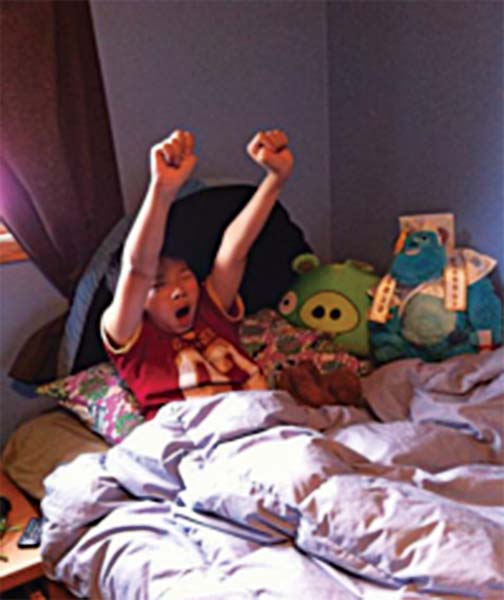
When I get up, I MUST NOT eat or drink before I go to the hospital.
2. When I Arrive at the Hospital
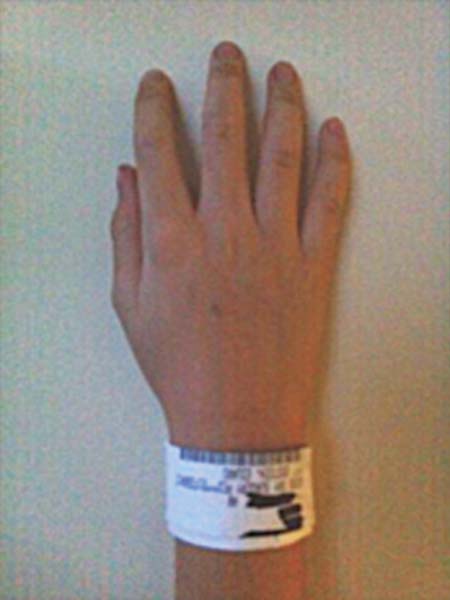
I will go to Pre-Admission Clinic 1C3.
I will check in at the registration desk. I will get an ID band to put on. For my safety, I need to keep this band on.
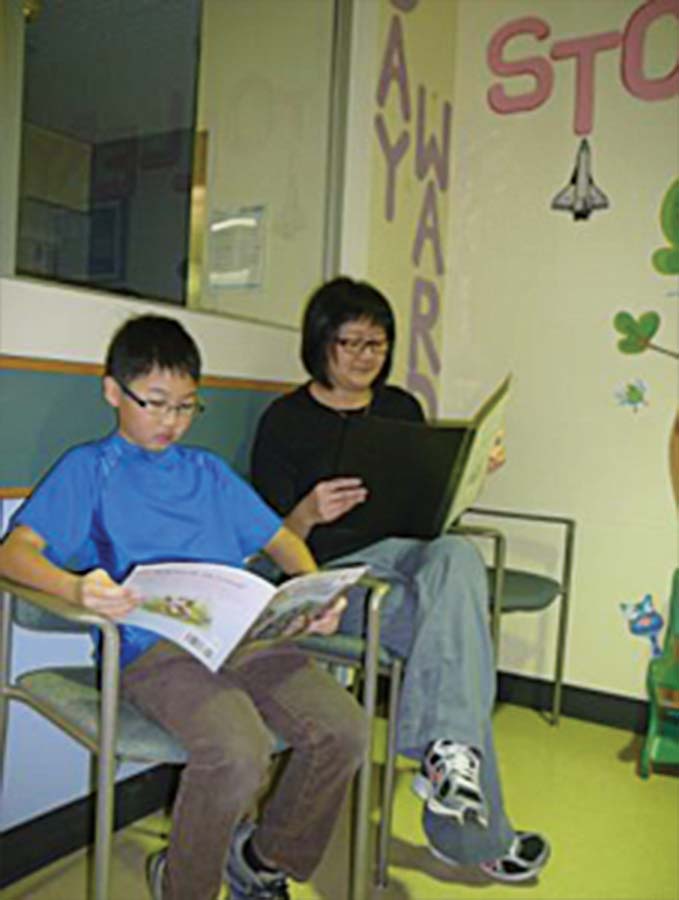
I may have to wait. There will be other children and families waiting too! I can bring something to do while I wait. There are also books that I can read and movies for me to watch.
3. Getting Ready For The Operation
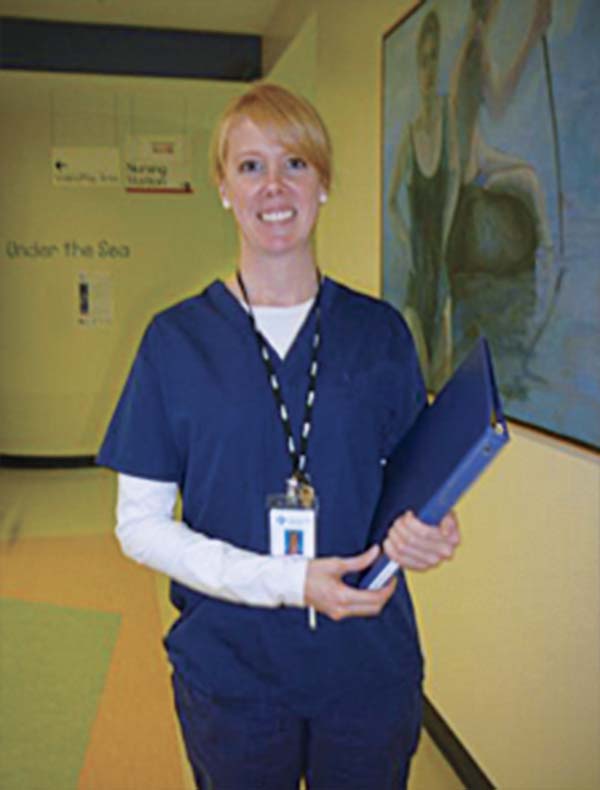
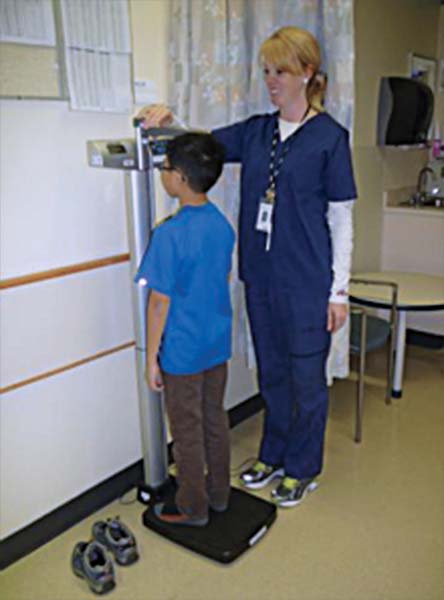
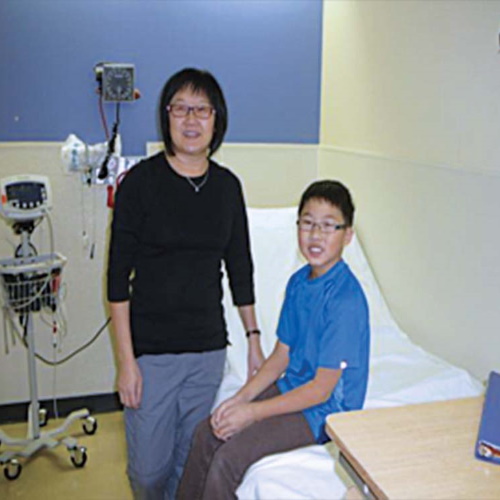
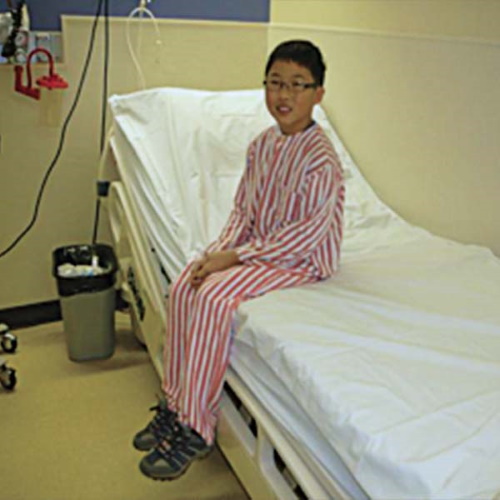
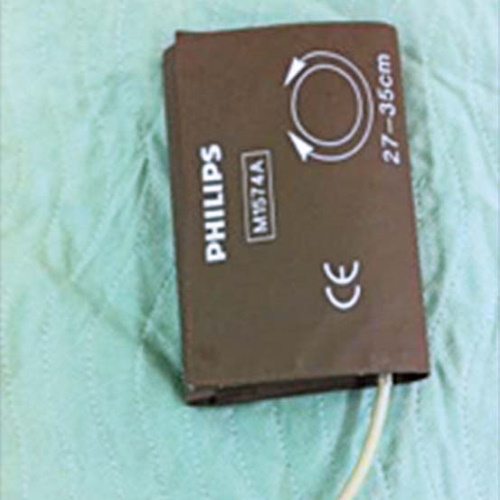
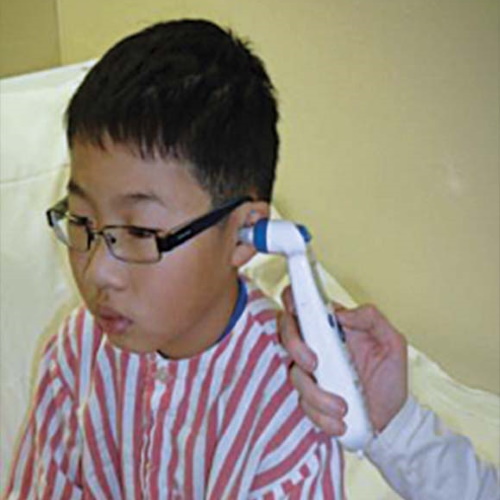
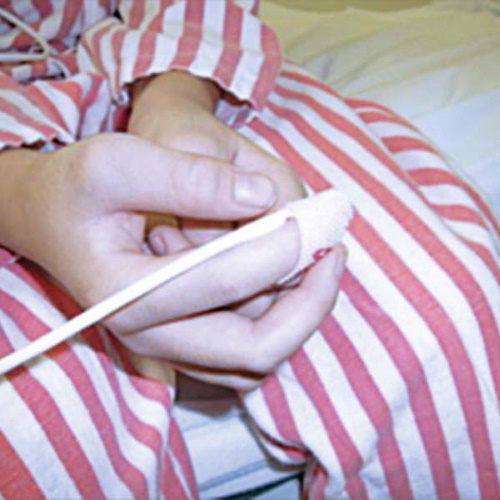
4. In The Operating Room
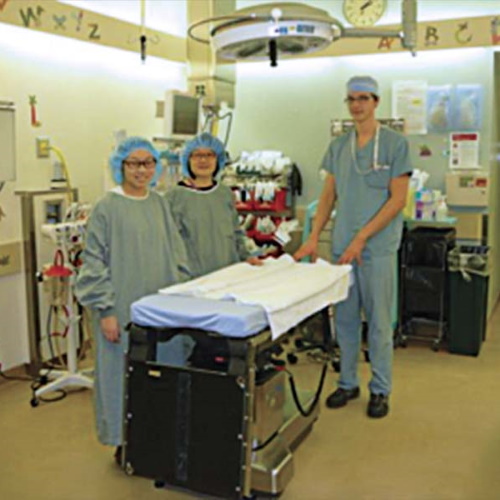
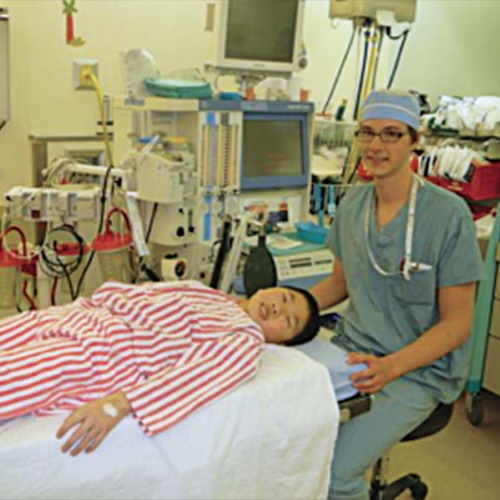
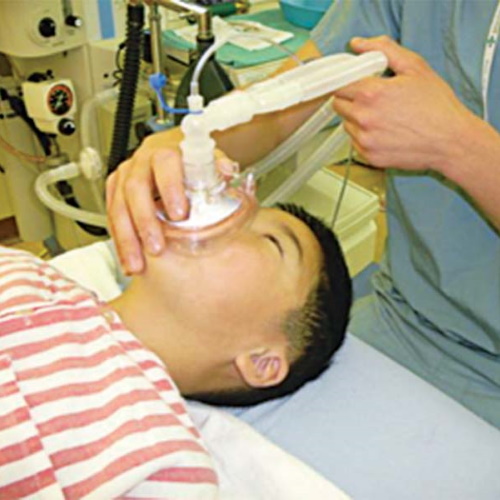
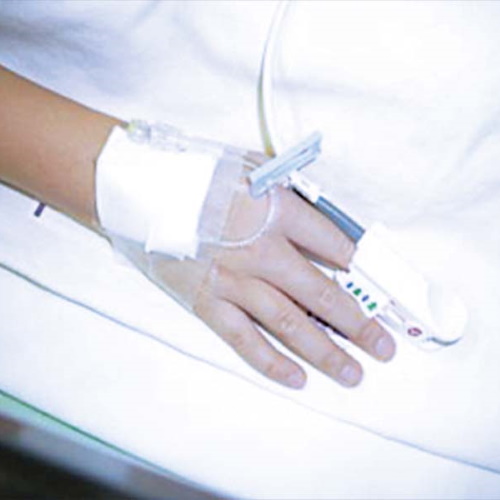
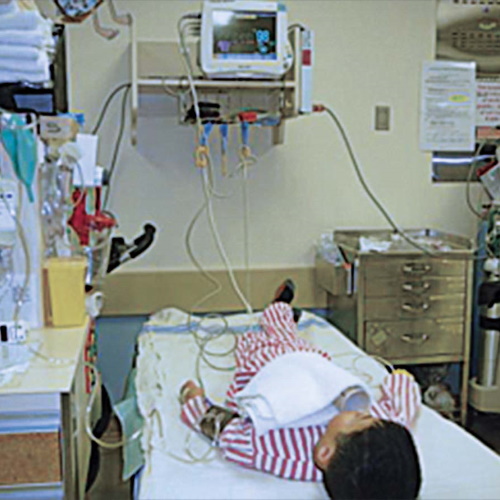
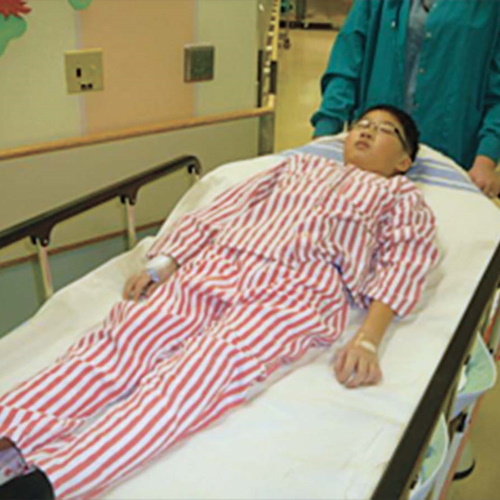
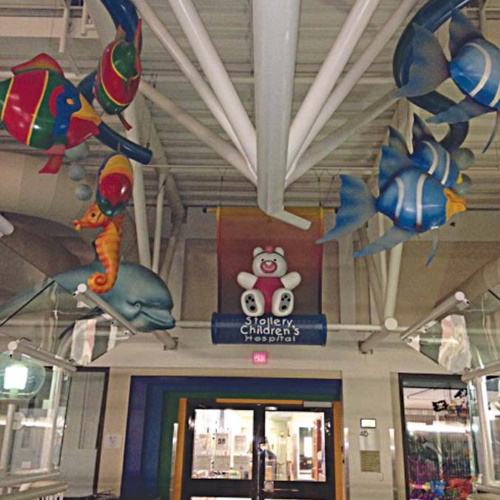
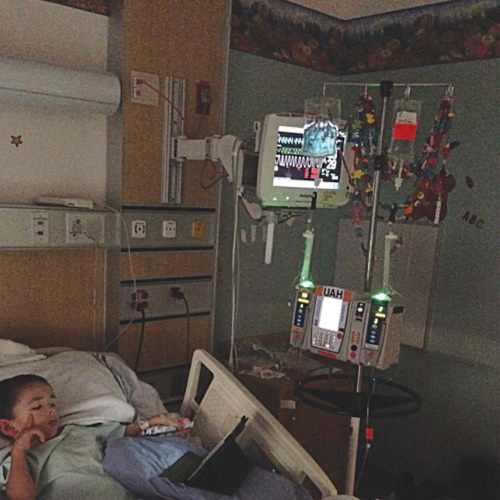
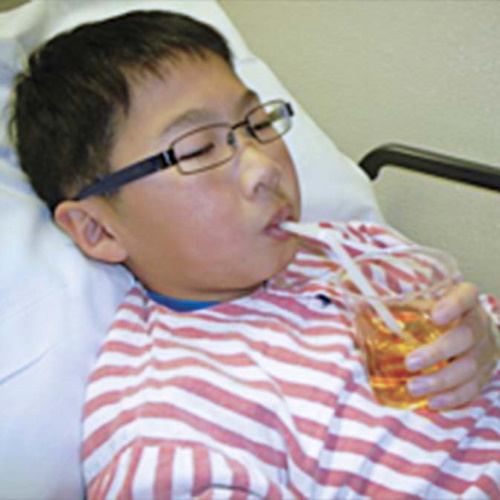
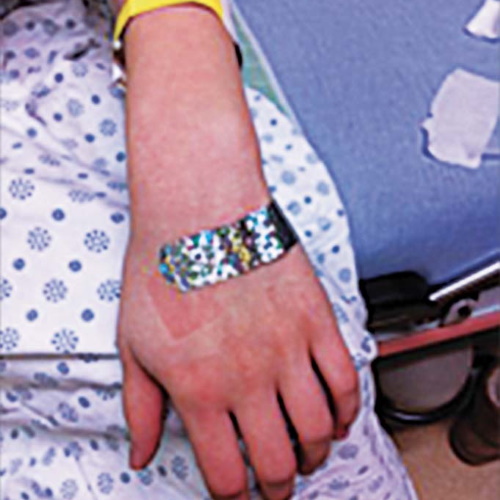
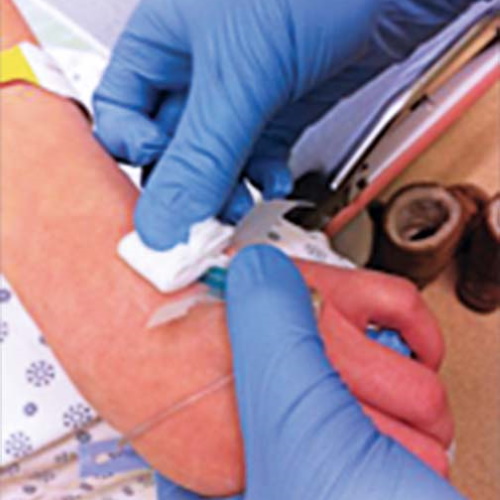
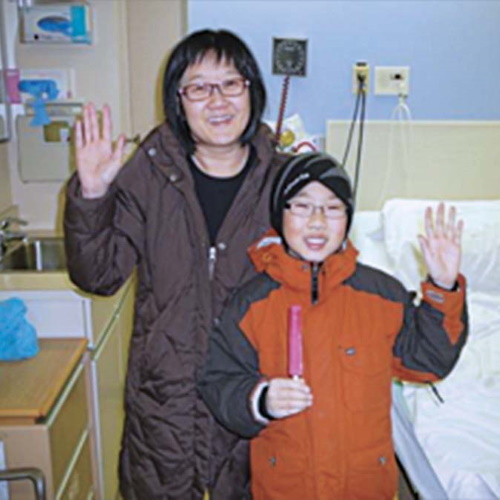
Stollery Pediatric Day Ward/Pre-Admission Clinic

